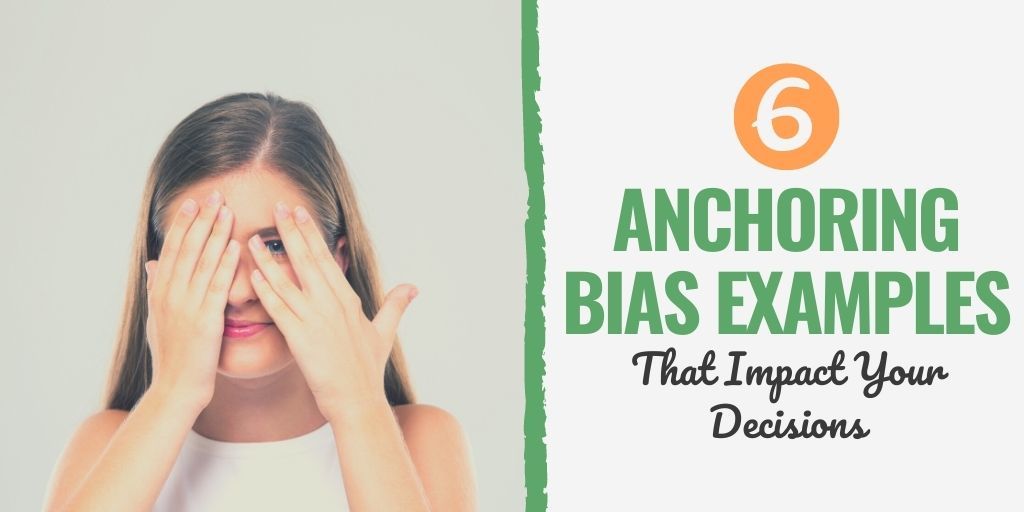

THE ANCHORING EFFECT EXAMPLES PROFESSIONAL
This is particularly relevant in a professional setting because anchoring bias plays a critical role in decision-making.Ī common workplace situation impacted by anchoring bias is the hiring process. Whether you’re going to watch a movie, interacting with your colleagues or buying a new bag, every decision you make is based on existing ideas. How Does Anchoring Psychology Impact Your Life? If you believe that your team is incapable of coming up with fresh ideas, you’ll dismiss their suggestions without considering their potential.Īnchoring bias is based on preexisting information and can influence all subsequent decisions. Preconceived ideas and opinions often act as a roadblock in decision-making because they affect the way we perceive a person. When we meet someone new, we often form an opinion about them based on what they’re wearing and the way they talk. We naturally believe that something is worth buying if it’s marked down from its original cost.

You’re likely to think the second one is more affordable when, in fact, it may be costlier than many other options. One is very expensive and the other is cheaper. Say that you go to the store to buy a pair of trousers. Let’s look at some examples of anchoring bias: For instance, if someone tells you that they topped their board examinations, you may believe that they are very intelligent–even though this may not be true. We rely on the information we access above everything else. Psychologists Amos Tversky and Daniel Kahneman first formalized anchoring psychology as a cognitive bias that affects the way we intuitively understand information. Here, we’ll discuss the meaning of anchoring bias and some ways to tackle the anchoring effect so that you can evaluate situations more objectively. When it comes to curbing biases, the biggest challenge is identifying the difference between opinions and facts. Each interaction influences our perception of things, situations and people.

We form biases every day based on our past experiences, our upbringing, our social circle, what we learn in school, where we work and who we work with. If you find out something that negates your perception of your favorite author or sportsperson, your first reaction would likely be to reject it. When we hear, read or see something for the first time, we subconsciously anchor or latch on to a perception about it. Have you heard the saying, “The first impression is the last impression”? In psychology, anchoring bias is a similar concept.


 0 kommentar(er)
0 kommentar(er)
